Climate Action Plan – Year two

Powerhouse launched its Climate Action Plan 2022–25 in November 2022, clearly setting out 12 key objectives encompassing infrastructure, programs and operations across the museum’s four sites, with the aim of achieving net zero operational carbon emissions by 2025.
The initiatives highlighted below are key projects demonstrating our progress towards some of the objectives and targets set out in the plan. Powerhouse will report progress across our objectives during the three-year plan period and publish a final report on achievements at the end of 2025.
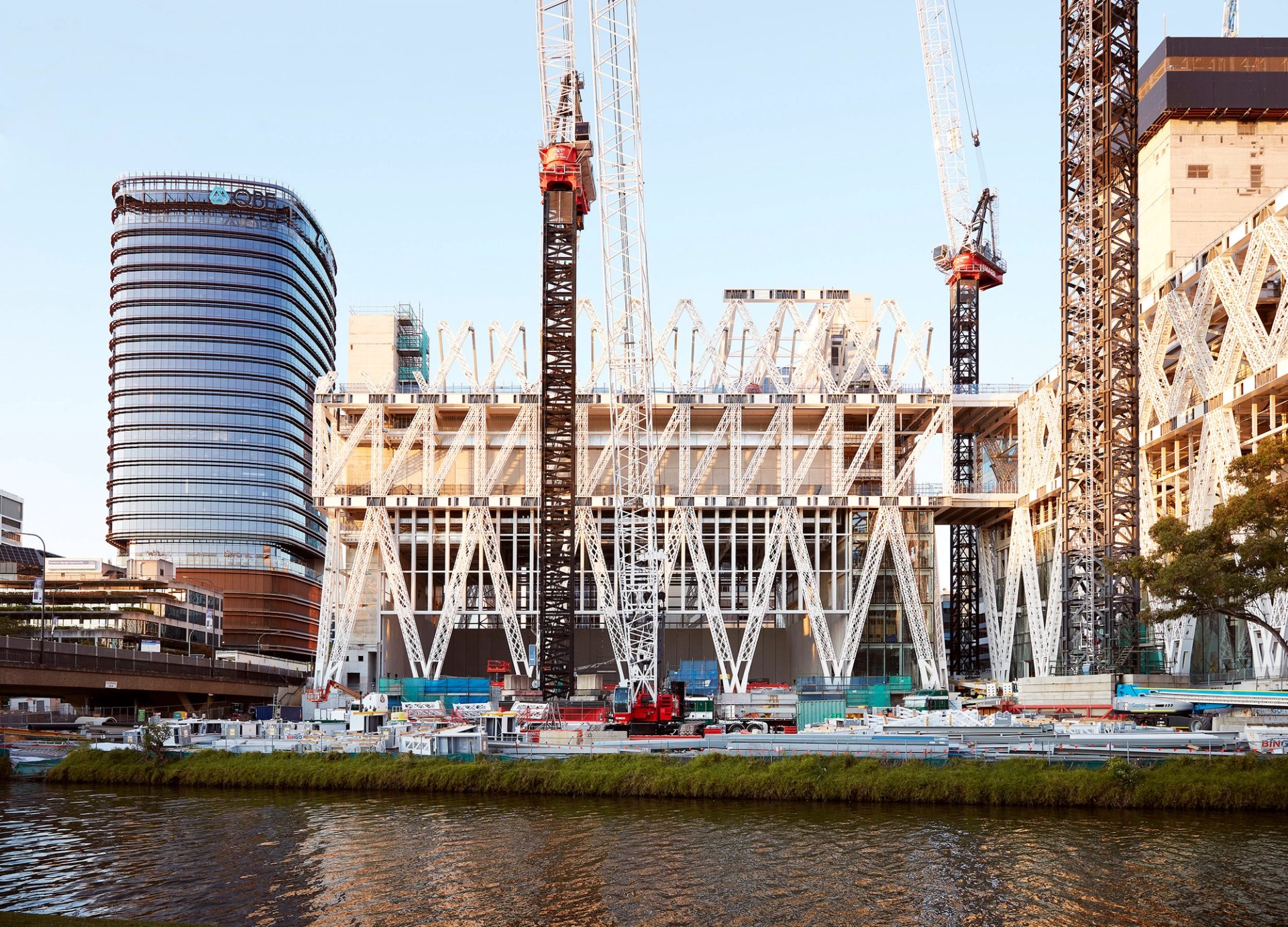
Powerhouse Infrastructure
Innovation, function and critical analysis of energy production and consumption have been ongoing themes throughout the history of Powerhouse, from our priceless Boulton and Watt Steam Engine through to the adaptive reuse of the Ultimo Power Station for Powerhouse Museum in the 1980s. Renewal of our buildings and precincts represent an immediate opportunity for Powerhouse to reduce carbon emissions. With innovative architectural design and engineering, Powerhouse Parramatta is targeting for a 6 Star Green Star rating. The renewal of Powerhouse Ultimo will adopt a sustainable approach to modifications, new built form and further adaptive reuse, while recognising the sites’ original function and purpose.
Objective 1
Practice Responsible Stewardship
1.1 Work with First Nations people to develop opportunities, engagement and strategies to embed caring for Country principles that reflect their perspectives and knowledge.
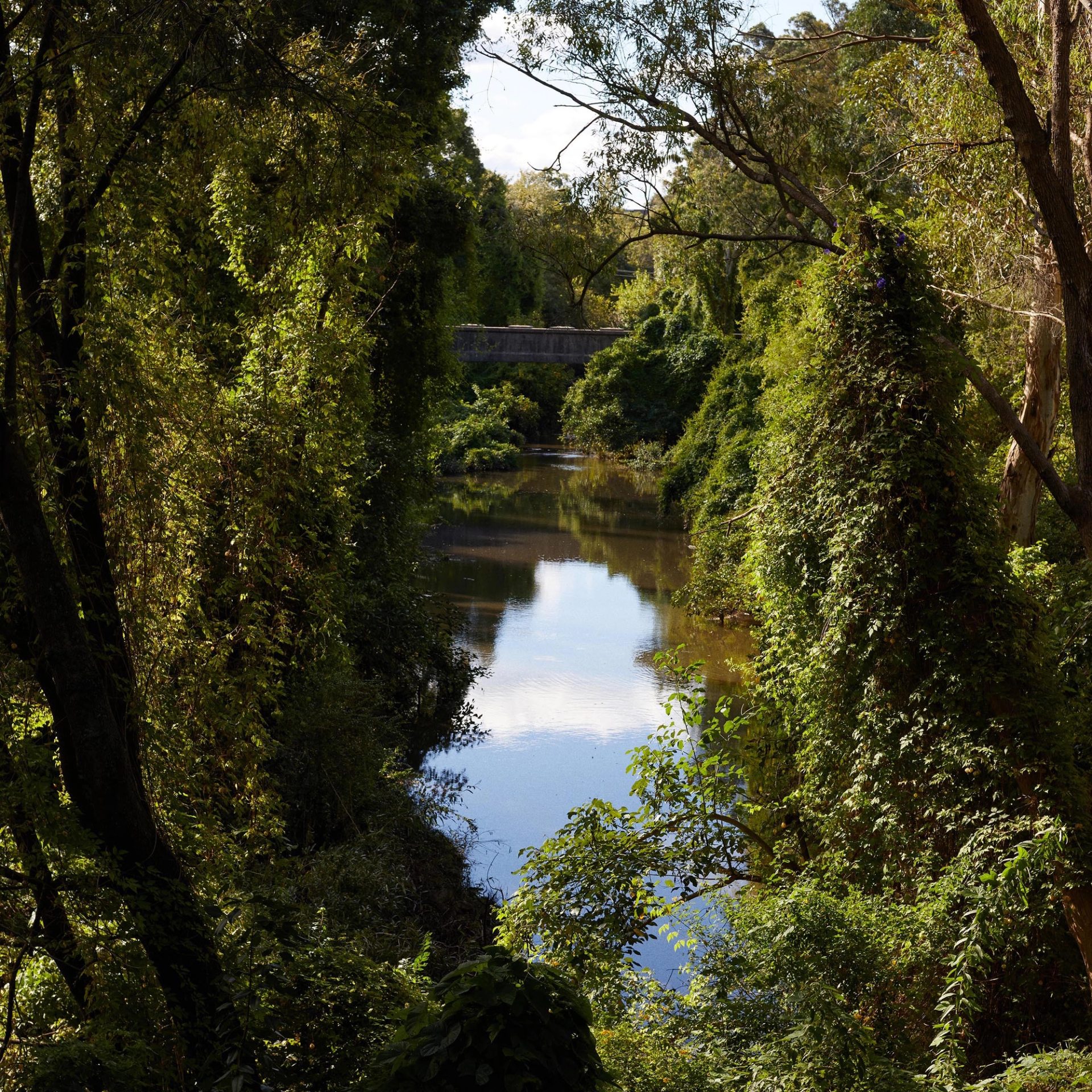
THE RIVER
The River is a series of new writing and photography responding to the landscape, communities and histories surrounding the Parramatta River.
Eight Australian writers with connections to Western Sydney were commissioned to develop stories that bring to life experiences and imaginings central to the river — a place of conflict, rebirth, joy, possibility and of coming together across time and culture.
Award-winning writer Felicity Castagna is the commissioning editor, bringing together contributors Lachlan Brown, Fiona Murphy, Vivian Pham, Willem Brussen, Jiva Parthipan, Maarama Kāmira and Anwen Crawford. Each writer was selected for their unique literary style, responding to the river in their own way, from personal essays exploring cultural connections and rituals, to conversations with Dharug Elders and a poet’s impression. Conor O’Brien and Joseph Mayers contributed photographic images that capture the cultural landscapes of the river.

I PUT THE STARS ON THE GROUND
I Put The Stars On The Ground highlights First Nations custodianship to Sky Country and illustrates the site’s evolution into a public educational space and museum.
The exhibition at Sydney Observatory honours the rich knowledge of First Nations Astronomy, navigation and seasonal patterns shared for millennia through art, songs, stories and ceremonies. It features a selection of works and star maps by Gail Mabo, ceramic pieces illustrating Waŋupini (cloud) stories by Bulthirrirri Wunuŋmurra and Songlines of Our Universe, an original soundscape by William Barton and Veronique Serret.
The newly restored Residential Wing at Sydney Observatory also houses Powerhouse Collection objects and curated images depicting domestic life and scientific work on Observatory Hill across more than 100 years; notably 1870–1907, when NSW Government Astronomer Henry Chamberlain Russell and his family lived at Observatory Hill, to 1941–1974, when Sydney Observatory Director Harley Wood and his family were in residence.

WAYS OF KNOWING THE PARRAMATTA/BURRAMATTA RIVER
Ways of Knowing the Parramatta/Burramatta River is a 2024 co-publication with Western Sydney University, drawn from the symposium of the same name held at WSU in November 2023. The publication brings together researchers, scientists, policy makers, artists, activists, community members and museum workers to reflect on different aspects of the Parramatta River as a central feature of Parramatta’s growing role as the Central River City in Greater Sydney. It features essays by Powerhouse First Nations team member, Tammi Gissell, Dancing up Country: (re)creating relevant ceremony for Burramatta River communities; and Uncle Chris Tobin, Dharug Elder, Our ways of knowing the Parramatta River.
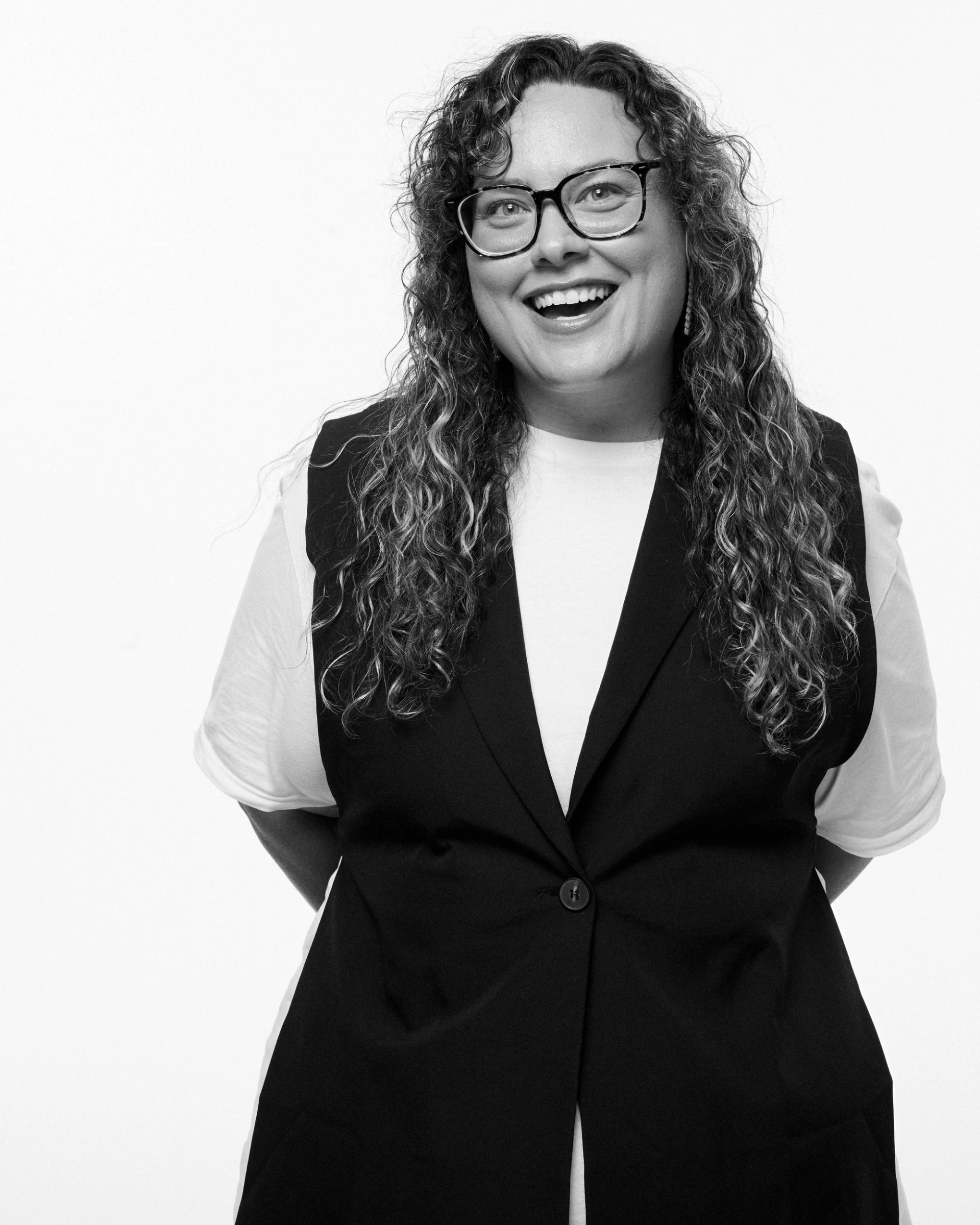
FIRST NATIONS SCHOLAR
In 2024 the Powerhouse Research Scholars program welcomed its inaugural First Nations Scholar: Latoya Aroha Rule, a PhD candidate at the Jumbunna Institute, University of Technology Sydney. Their archival research is being undertaken in consultation with Powerhouse First Nations team members Nathan mudyi Sentance and Tammi Gissell.
Objective 2
Decarbonise Powerhouse Precincts
2.1 Eliminate fossil fuel use and electrify plant.
2.2 Maximise onsite renewable energy opportunities.
2.3 Reduce upfront embodied emissions through the construction of new buildings and capital works programs for existing sites.
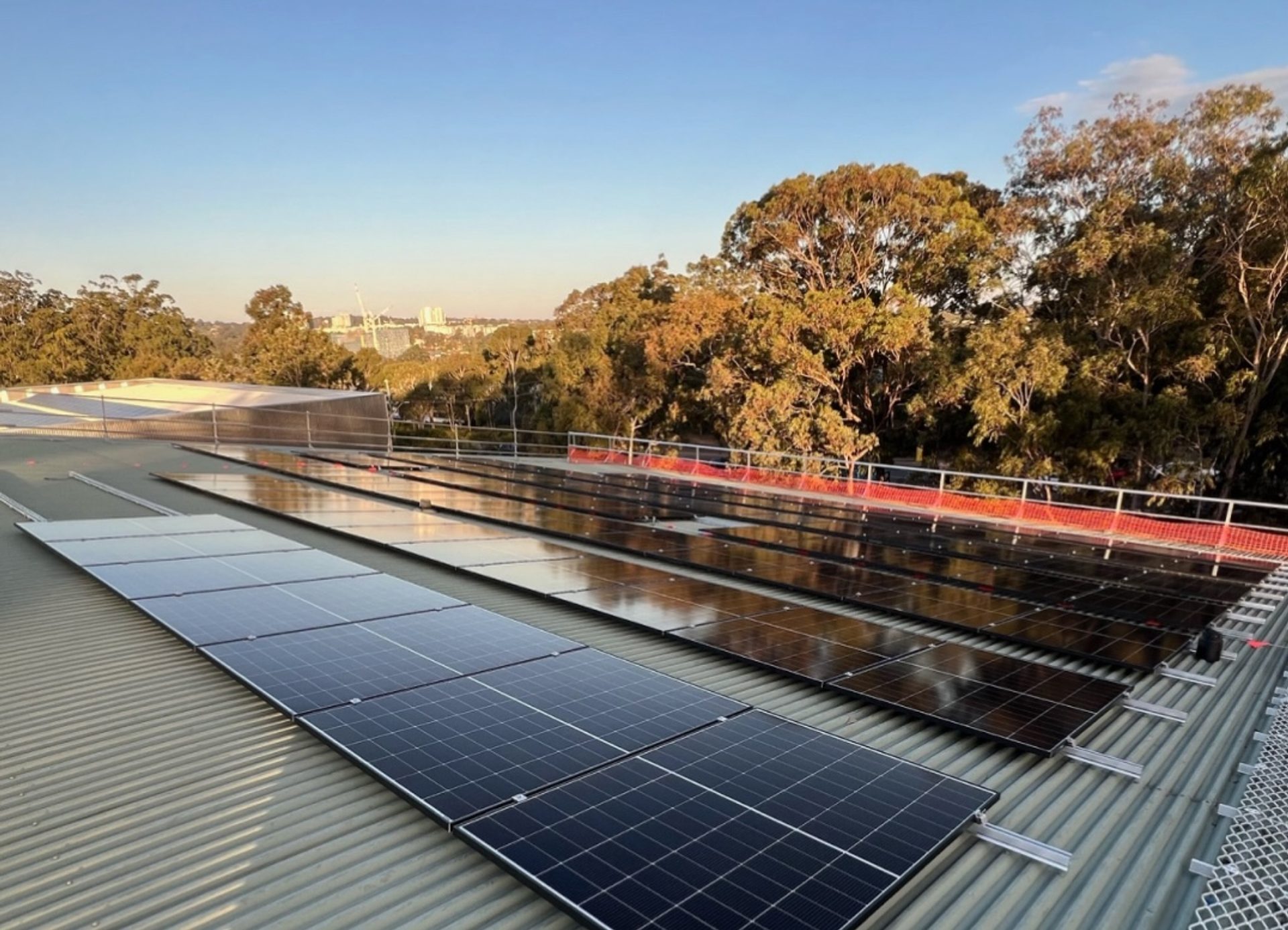
CASTLE HILL RENEWABLE ECOSYSTEM
The Powerhouse Climate Action Plan includes actions to increase solar energy use across Powerhouse sites in addition to new infrastructure being delivered by Infrastructure NSW and Public Works at Powerhouse Parramatta and Powerhouse Castle Hill.
A large scale solar photovoltaic and battery energy storage system is currently under construction on existing buildings at Powerhouse Castle Hill. EV chargers have been installed at Castle Hill in preparation of our transition to an all-electric passenger fleet.
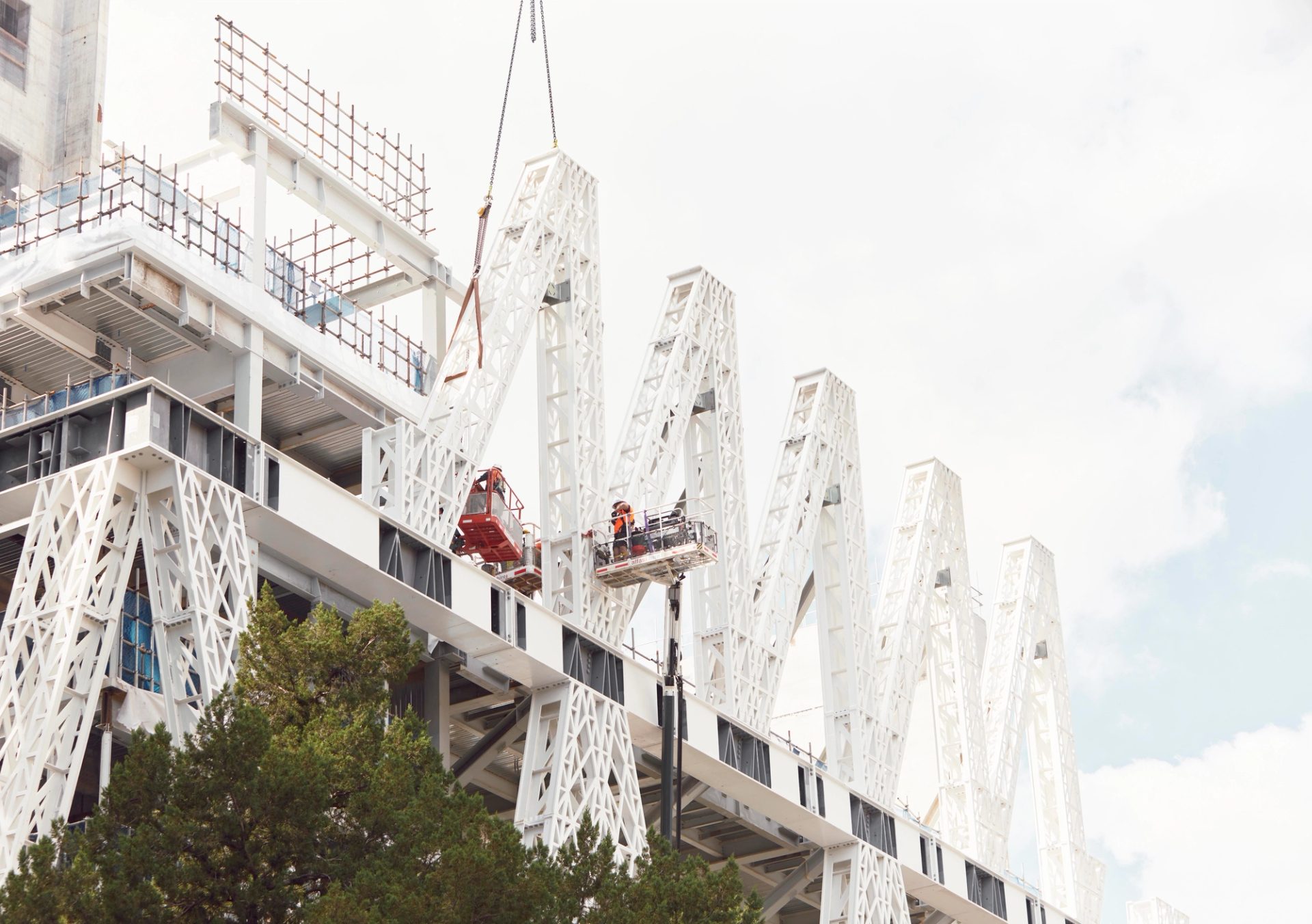
POWERHOUSE PARRAMATTA 6 STAR GREEN STAR RATING
Powerhouse has continued to work with Lendlease and Infrastructure NSW towards the achievement of a 6 Star Green Star rating for Powerhouse Parramatta (under construction).
Powerhouse Parramatta is the first public institution to be assessed as a 6 Star Green Star Designed Buildings project by the Green Building Council Australia and is on track to achieve certification once complete.
Objective 3
Standardise zero waste approach to exhibition construction and museum operations
3.3 Integrate circular principles into exhibition design and production processes.
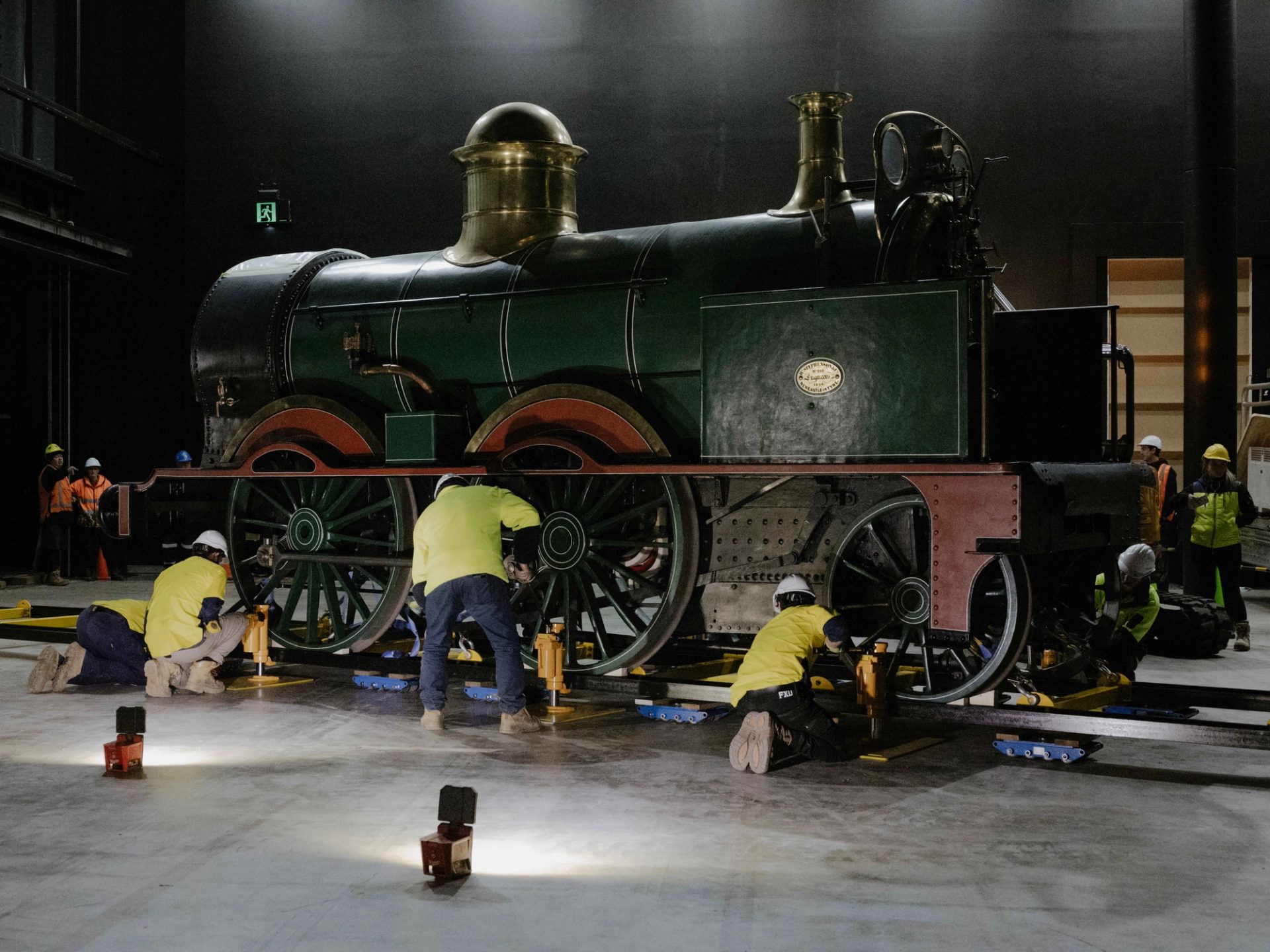
RELOCATING THE POWERHOUSE ULTIMO COLLECTION
Powerhouse Ultimo temporarily closed in February 2024 for heritage revitalisation. Collection objects have been relocated to Powerhouse Castle Hill. Other items, such as showcases and furniture, were donated through multiple channels over a period of six months to ensure they could be reused, diverting them from landfill. At 30 June 2024, schools, regional galleries, museums and not-for-profit organisations were among the 121 recipients of 3042 items, ahead of the project being finalised in September 2024 before the site handover to Infrastructure NSW.

Powerhouse Programs
As we deliver our renewal program, it is timely to reflect upon and learn from our history, and redefine our role in contemporary society. It is insufficient for cultural institutions to simply stage exhibitions and programs that highlight contemporary social issues. They must demonstrate leadership by interrogating their own processes and practices and make intrinsic changes. Powerhouse exhibitions and programs account for the second highest proportion of carbon emissions, behind electricity use.
Objective 5
Embed sustainability in museum practice collection management
5.1 Powerhouse commits to facilitating and promoting culturally sustainable practices within conservation and collection management.
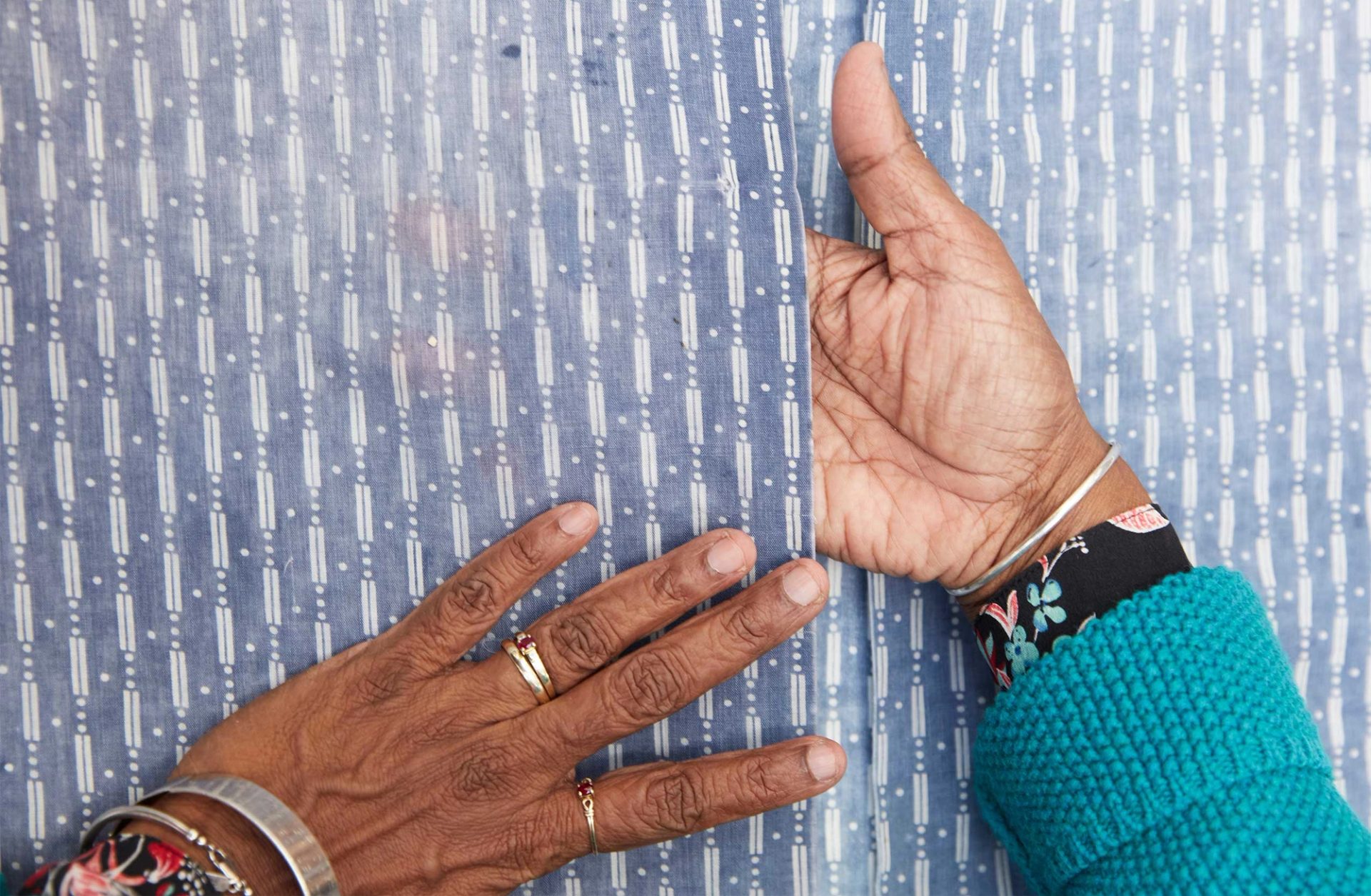
DEED OF DEPOSIT, RIGHTS AND LICENSES
Powerhouse has reviewed and modified its oral history collection agreements to ensure respect for First Nations rights and acknowledgement of the continuous responsibility First Nations people have to the knowledges they have generously shared.
These agreements are part of an ongoing work to embed and facilitate support of First Nations self-determination in all Powerhouse practices, refusing and advocating against museums’ past harmful extractive practices.
Objective 6
Prioritise collaboration and research with climate science thought leaders and industry
6.3 Produce innovative sustainability related programs, research projects and exhibitions ensuring relevance and responsiveness to global climate science issues.
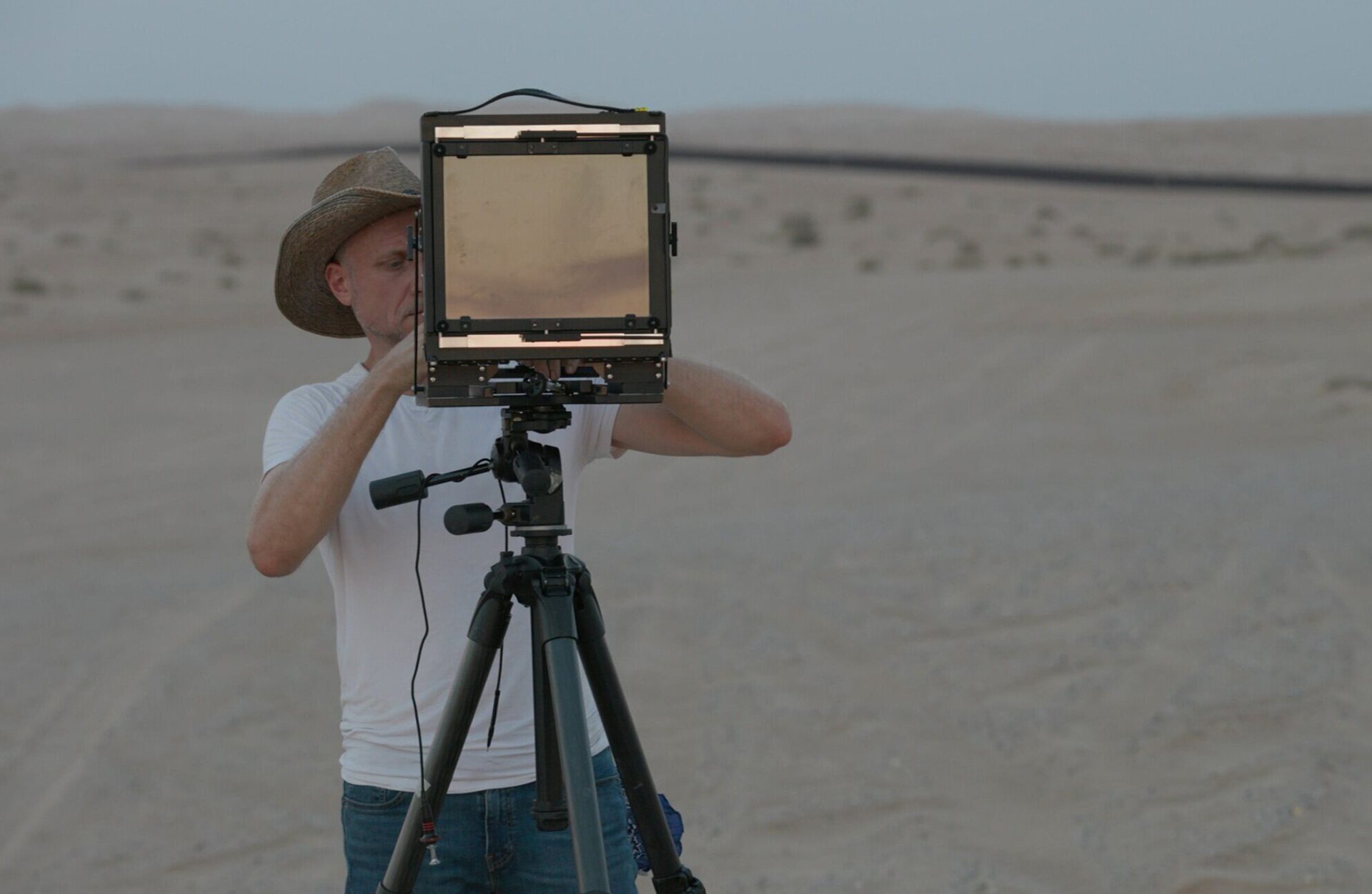
OUR CROWDED SKIES
As part of Sydney Science Week 2024, space environmentalist Associate Professor Moriba Jah and artist Trevor Paglen revealed the unseen crowded sky, from space junk to ‘invisible’ surveillance satellites. In this conversation with Dagogo Altraide, they reflected and advocated for the possibility of a dark sky future.
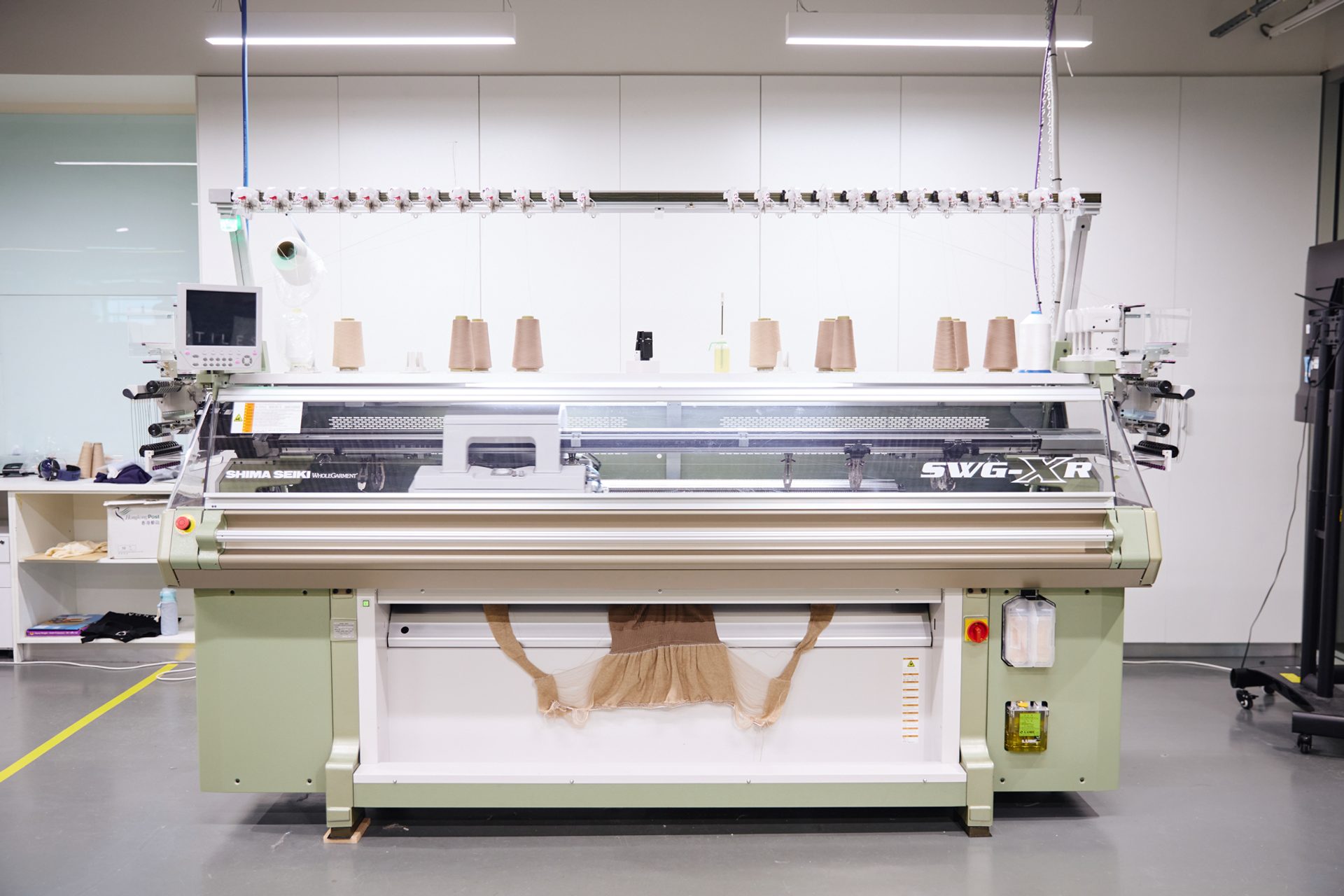
KNIT FORWARD / SEAMLESS
Dr Nga Wun Li and Dr Justin Harvey are developing experimental methods for using AI to co-design knitwear, documenting the design specifics of Myra Mogg’s 1930s knitwear and presenting multimedia content on the process of reimagining Mogg’s garments on a dedicated website. Dr Li and Dr Alex Hunt are researching the inventive and creative ways Australian fashion designers are navigating the current sustainability crisis in the fashion industry. The prime research artefact will be a film exploring current themes of ‘crisis’ in relation to hyper-production, hyper-consumerism and ecological sustainability.
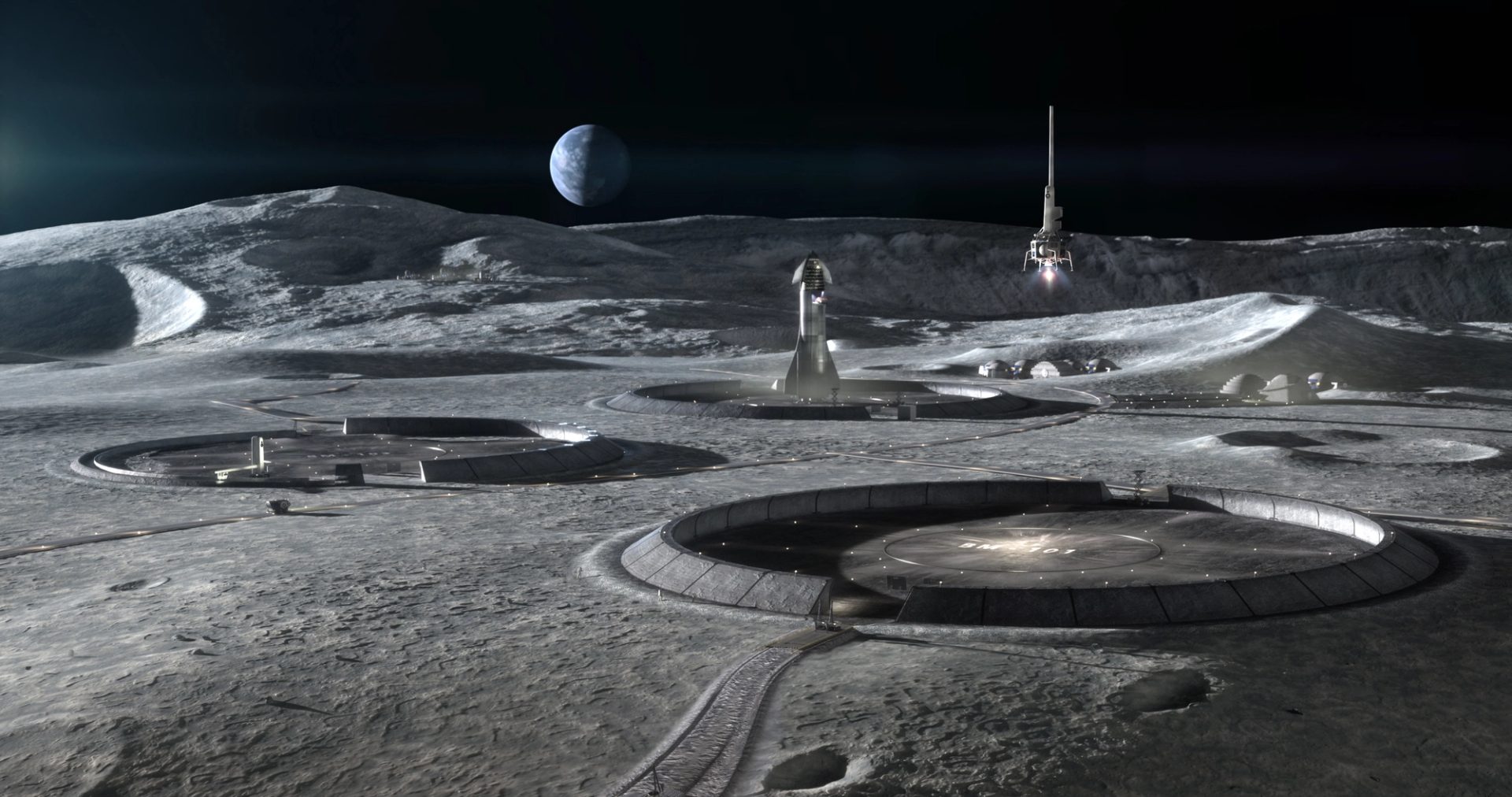
SPACE ARCHITECTURES
International space architect, technologist and researcher Melodie Yashar shared her perspective on the ethics of space settlement and designing resilient homes for off-world living. As space agencies plan human outposts on the Moon and Mars, Yashar asks, ‘How can we promote a sustainable, equitable future in space?’. Her research examines the ethics of space settlement and how openly accessible construction methods such as 3D printing can be used to create resilient structures. Yashar’s talk during Sydney Science Festival was followed by an in-conversation with local architect Marni Reti that explored access, sustainability and resilience.
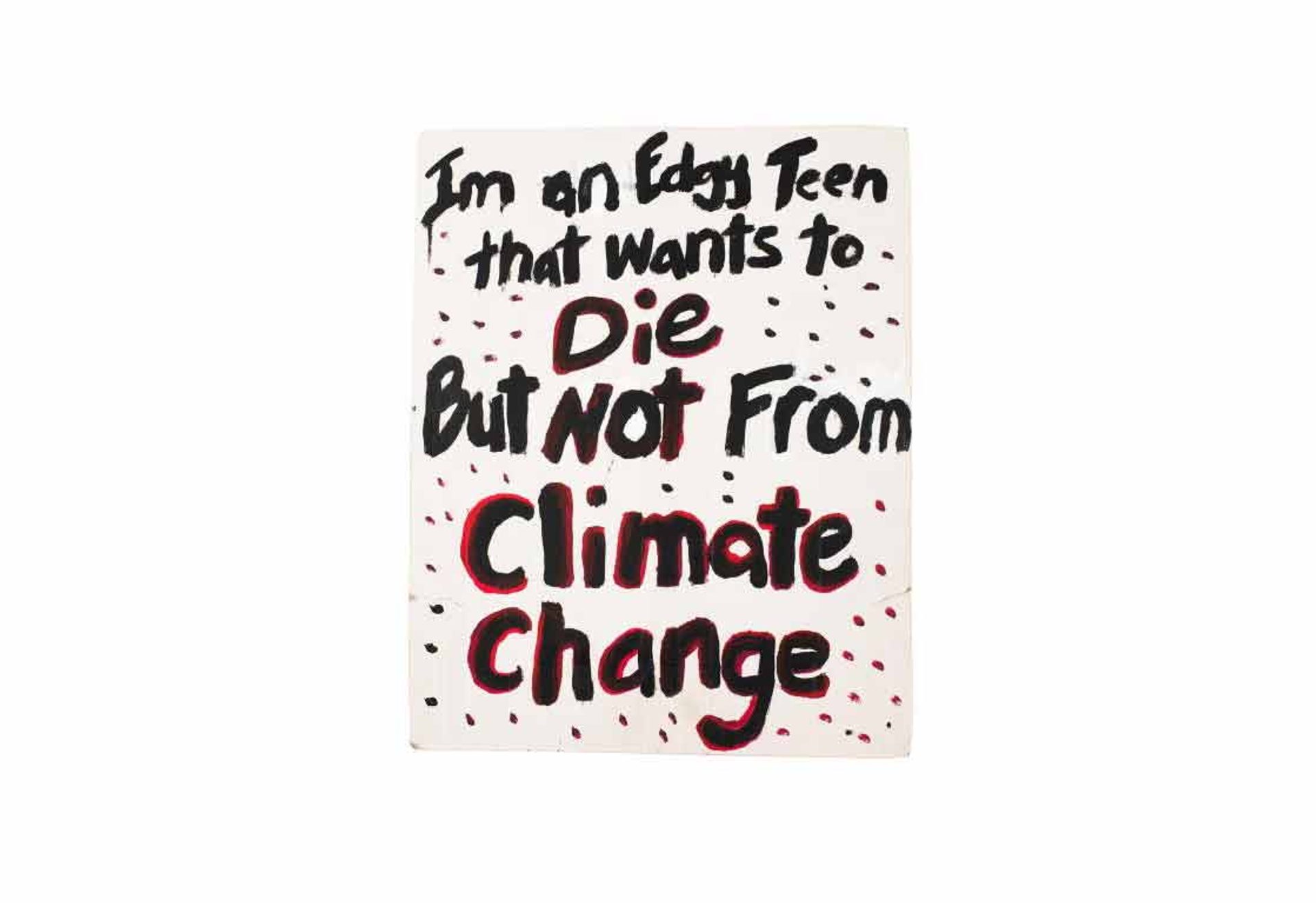
CURATING MUSEUM COLLECTIONS FOR CLIMATE CHANGE MITIGATION
Under auspices of the Australian Research Council Linkage Project, Curating Museum Collections for Climate Change Mitigation, two education modules intended for delivery to Stage 5 school audiences, were researched and developed. Both address Powerhouse Collection objects related to the climate crisis through a more-than-human methodology and pose questions and provocations to facilitate agency in a climate-affected future.
Objective 7
Sustainable supply chain considerations and material impact measure to future exhibition planning, design and program development
7.2. Incorporate sustainable supply chain considerations and material impact measures to future exhibition planning, design and program development.
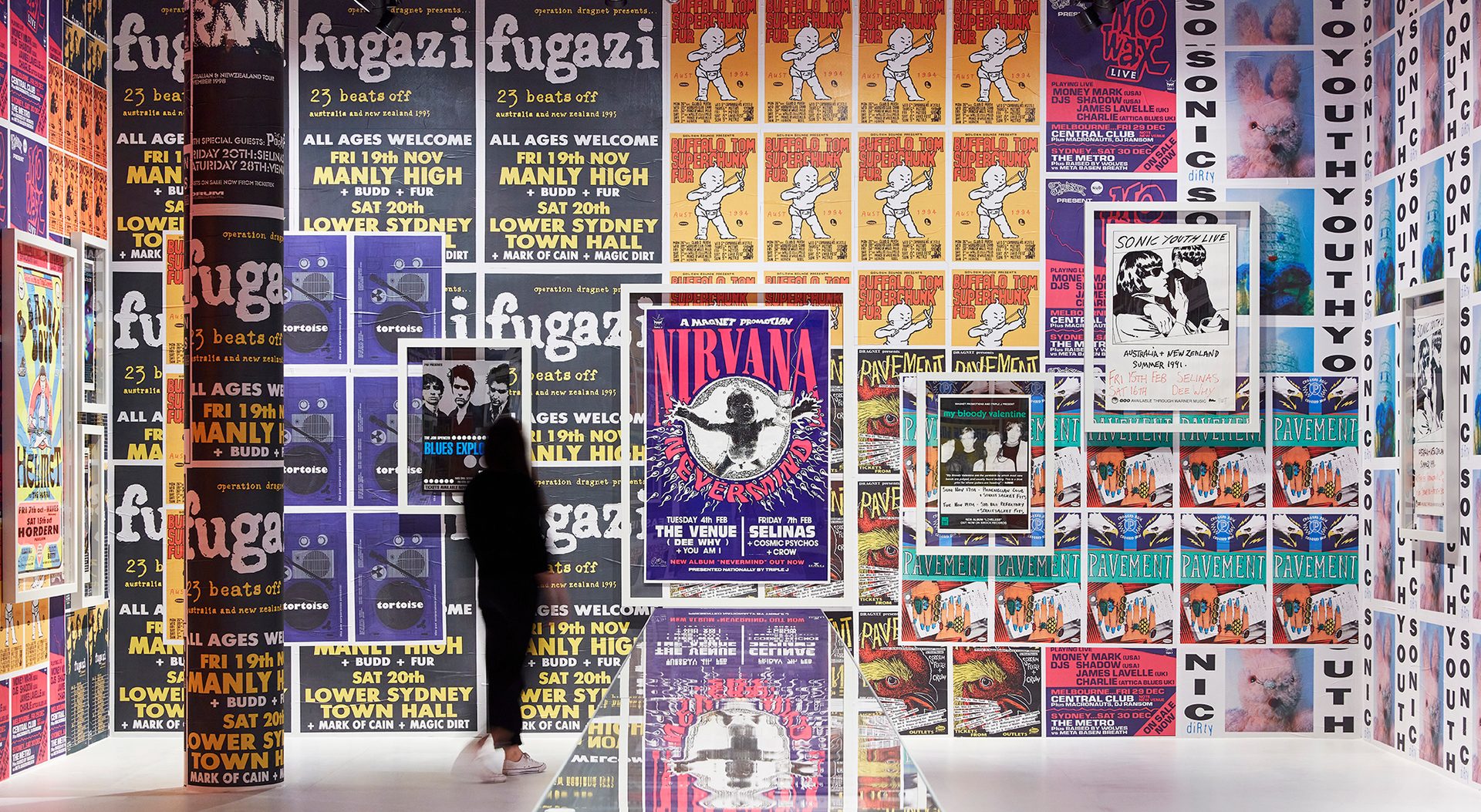
GOING CIRCULAR GRANT: CIRCULAR EXHIBITION STRATEGY
Powerhouse was successful in its application for a Choose Circular grant with the NSW Department of Climate Change, Energy, Environment and Water to develop a Circular Exhibitions Strategy.
Industry leading circular specialist Coreo worked with Powerhouse to create a baseline review of its exhibition materiality, and internal and external creative processes.
The next focus is a holistic approach to circular systems and operations, circular materials and circular methods. The strategy is anticipated to be in place in early 2025.
This project also supports Objective 3: Standardise zero waste approach to exhibition construction and museum operations.
Objective 8
Collaborate with community to develop and support access to education and programs
8.2 Extend unmediated access to objects and cultural belongings through original exhibition making and an expansive and dynamic program informed by community.
8.3 Facilitate community collaboration by expanding access to museum facilities.
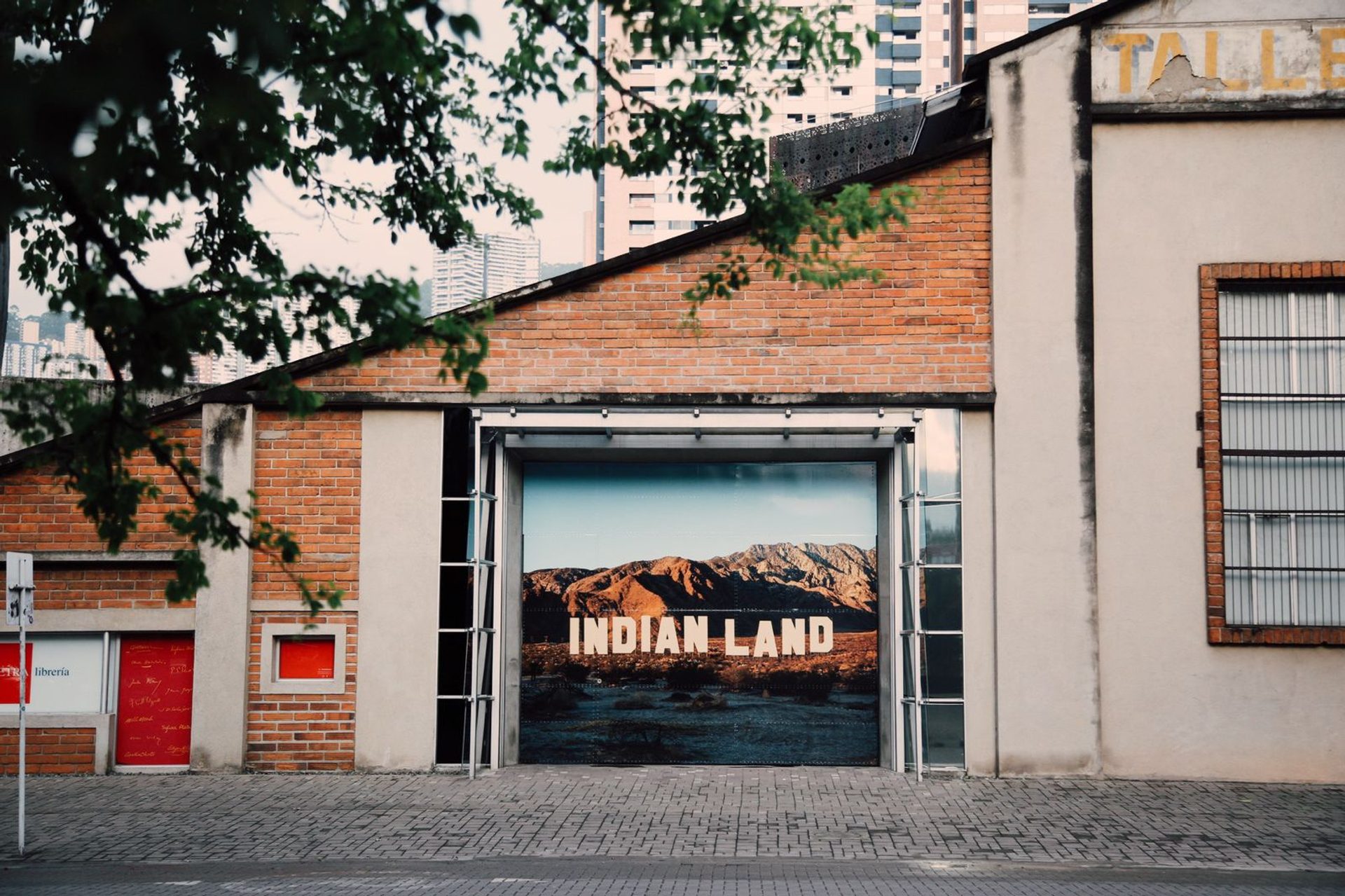
NGUNHI WAYILWAN DHUMBULLU – STAGE 1
Powerhouse hosted a gathering of Wayilwan Elders and community members to share culture, history and to discuss the museum's Tyrrell Collection, which contains images of the Wayilwan community.
Community members requested the creation of images that represent them now. This project resulted in 50 new images on display from 2 October 2024 – 12 February 2025 at the Museum of Modern Art Medellin in Columbia as part of The Space Between — a program discussing the difficulties of accessing Country for ceremony, the wisdom of Elders and the joy of learning and embodying culture.
STAGE 2 – PLANNED FOR APRIL 2025
Powerhouse will host another gathering of Wayilwan Elders and community members at Macquarie Marshes on Wayilwan Country to share culture and history building on the previous gathering. Warren Land Council is the partner for this program.
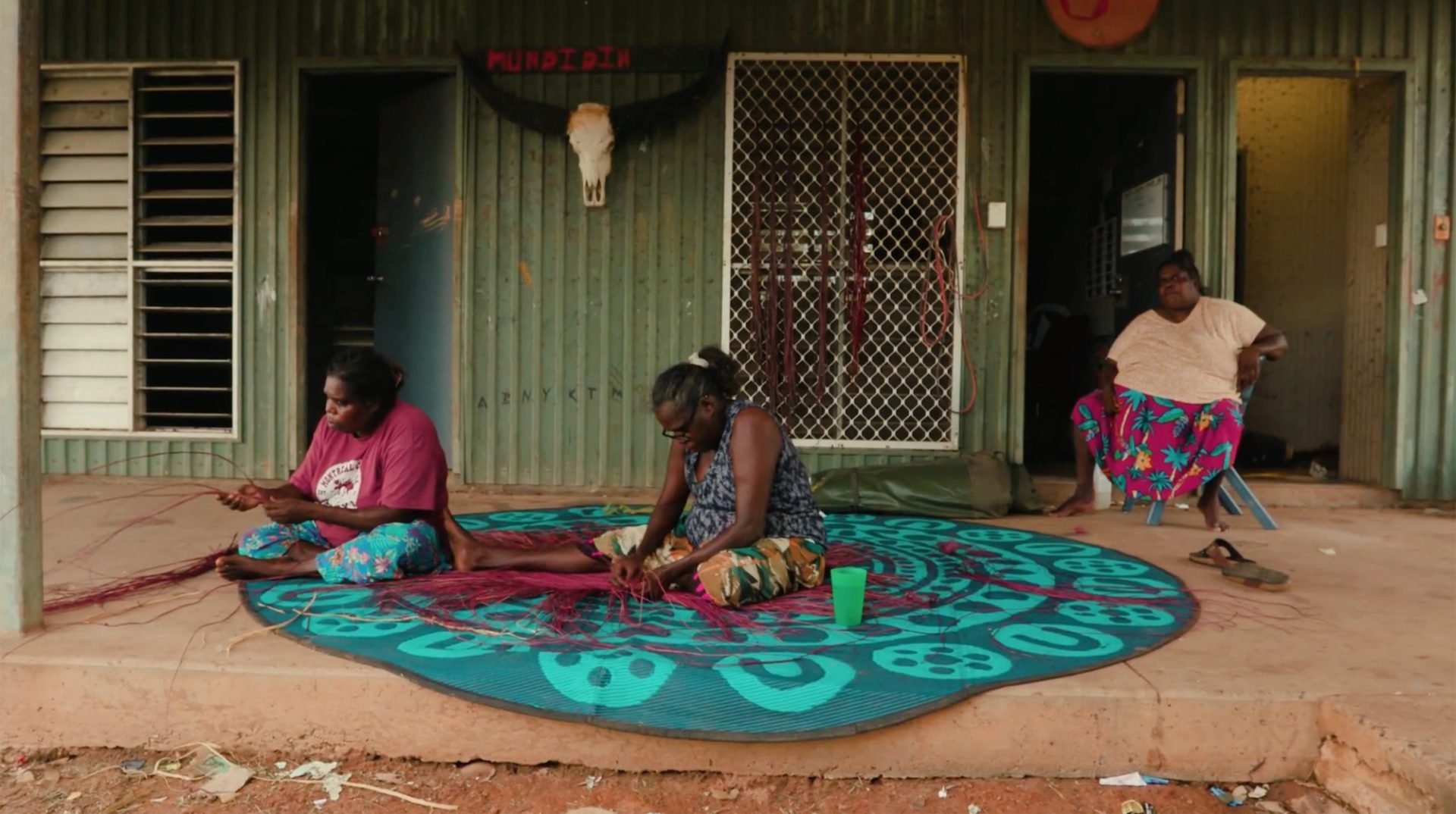
ALCHEMY
The first exhibition to be staged in the new building at Powerhouse Castle Hill, Alchemy features new commissions by First Nations creative practitioners from across Australia who specialise in natural dyeing techniques. Taking its title from the protoscientific tradition of transforming one kind of material into another, Alchemy uncovers the processes involved in producing pigments and dyes.
The exhibition shares the deep social and cultural knowledge that informs the production of dyed natural fibres. Making the magical tangible, participating Indigenous Art Centres have chosen to work intergenerationally and collaboratively to realise works that have not been attempted in decades or are of completely new design. Extending beyond process, this exhibition shares the wider social and cultural narratives surrounding each of the commissions, such as the matrilineal relationships embedded within industry practice.
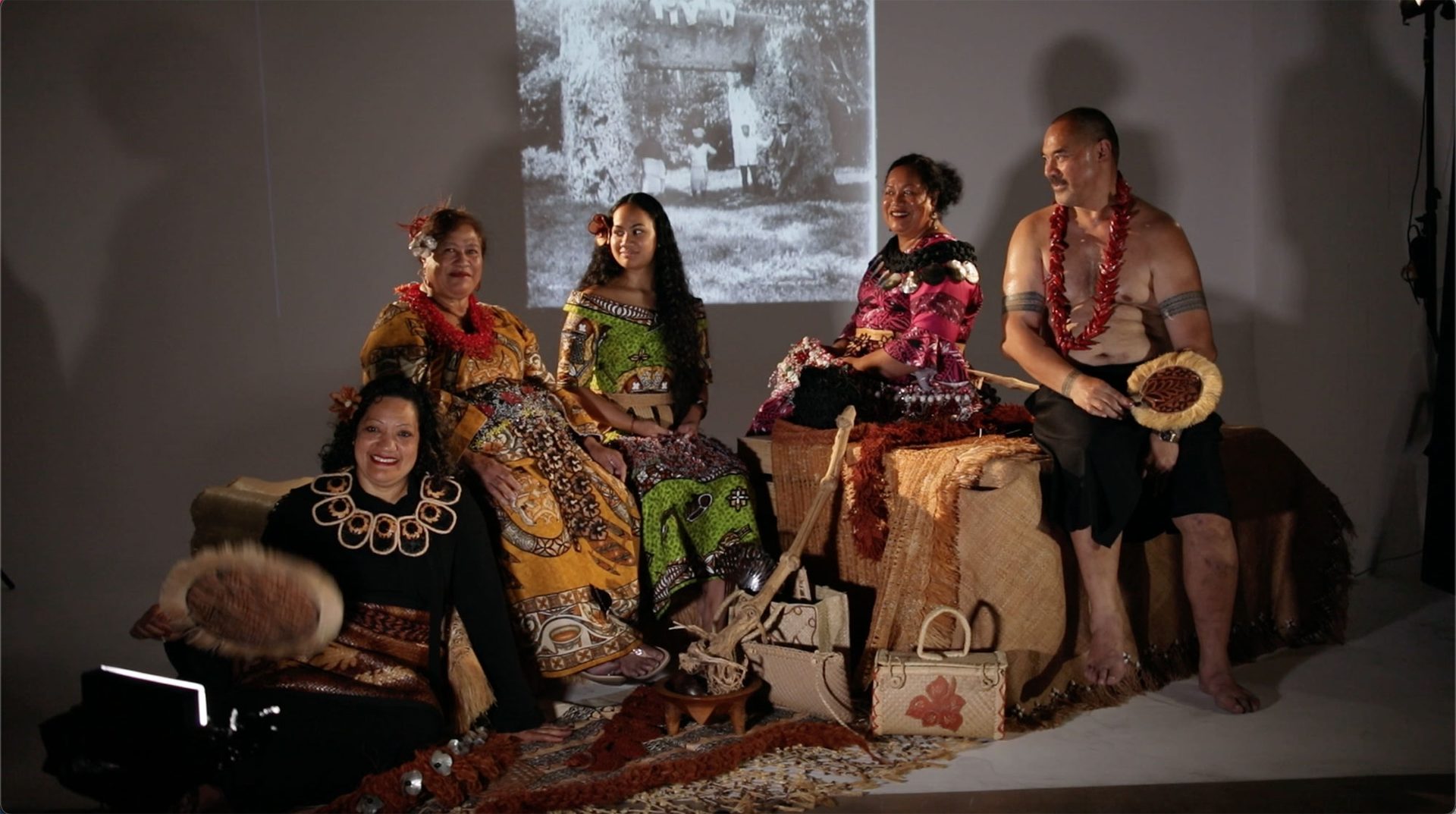
ARTS AND CULTURAL EXCHANGE (ACE) — CLUB WELD: A MAGICAL HOTSTART
In collaboration with interdisciplinary artist Justene Williams, six musicians from Club Weld — a Parramatta studio working with emerging neurodivergent artists — will develop original music inspired by research and access to the Powerhouse Collection with a view to presenting a major contemporary performance as part of a 21 day celebration to mark the opening of Powerhouse Parramatta.
Powerhouse facilitated collection visits with curatorial support at Castle Hill in late 2024.
Collaborators on the project include TAFE NSW, Western Sydney Arts Alliance member organisations, Creative Australia, Club Weld musicians and artist Justine Williams.
More
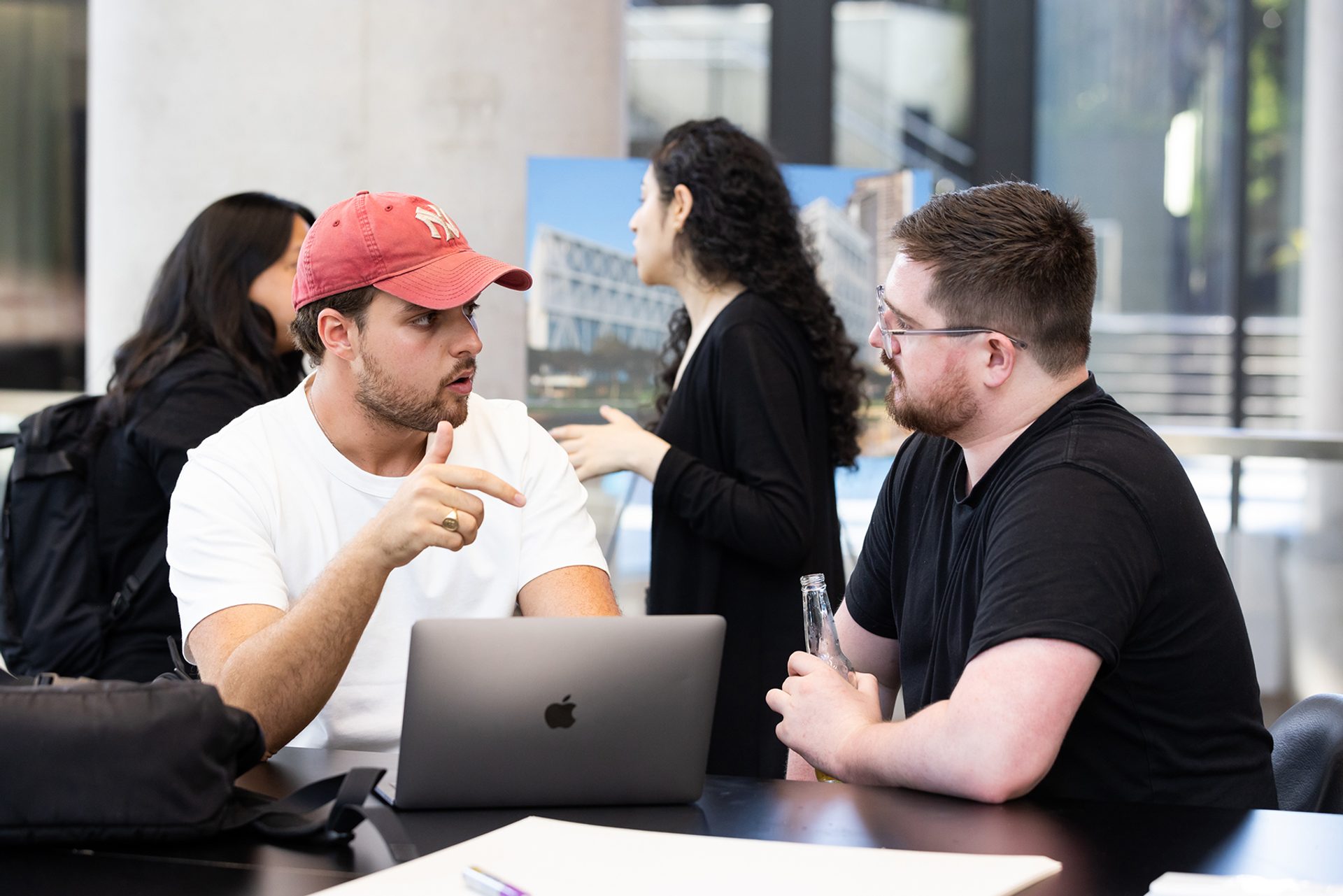
UNIVERSITY GROUP PROJECT: A MUSEUM'S COMMITMENT TO CLIMATE ACTION
A project made in collaboration with Powerhouse Parramatta Foundation University Partner Western Sydney University, with University New South Wales and University of Sydney. Students were invited from multiple disciplines to investigate how museums can meaningfully communicate their sustainability commitments and achievements. They also looked at ways to facilitate relationships between audiences and positive climate action.

Powerhouse Operations
To ensure accountability, track against our targets and improve ways of working, Powerhouse commits to reviewing and redefining policies and procedures and developing the capabilities of our workforce to achieve our net zero commitments. We will focus on performance measures and continuous improvements to embed the actions of the Climate Action Plan into operations.
Objective 9
Integrate sustainability into ways of working
9.4 Develop Business Continuity and Recovery Strategies to support the community through acute shocks and climate events

CLIMATE CHANGE RESILIENCE AND ADAPTATION PLANNING
In line with the NSW Climate Change and Adaptation Strategy, Powerhouse commenced planning for enterprise level climate change resilience and adaptation. This work will continue across the next financial year to ensure Powerhouse operations consider near and future climate change risks across all Powerhouse sites.
Objective 11
Participate in Industry leading collaborations
11.3 Develop strategic partnerships that demonstrate industry leadership in cultural programs that embed sustainability and responses to climate.
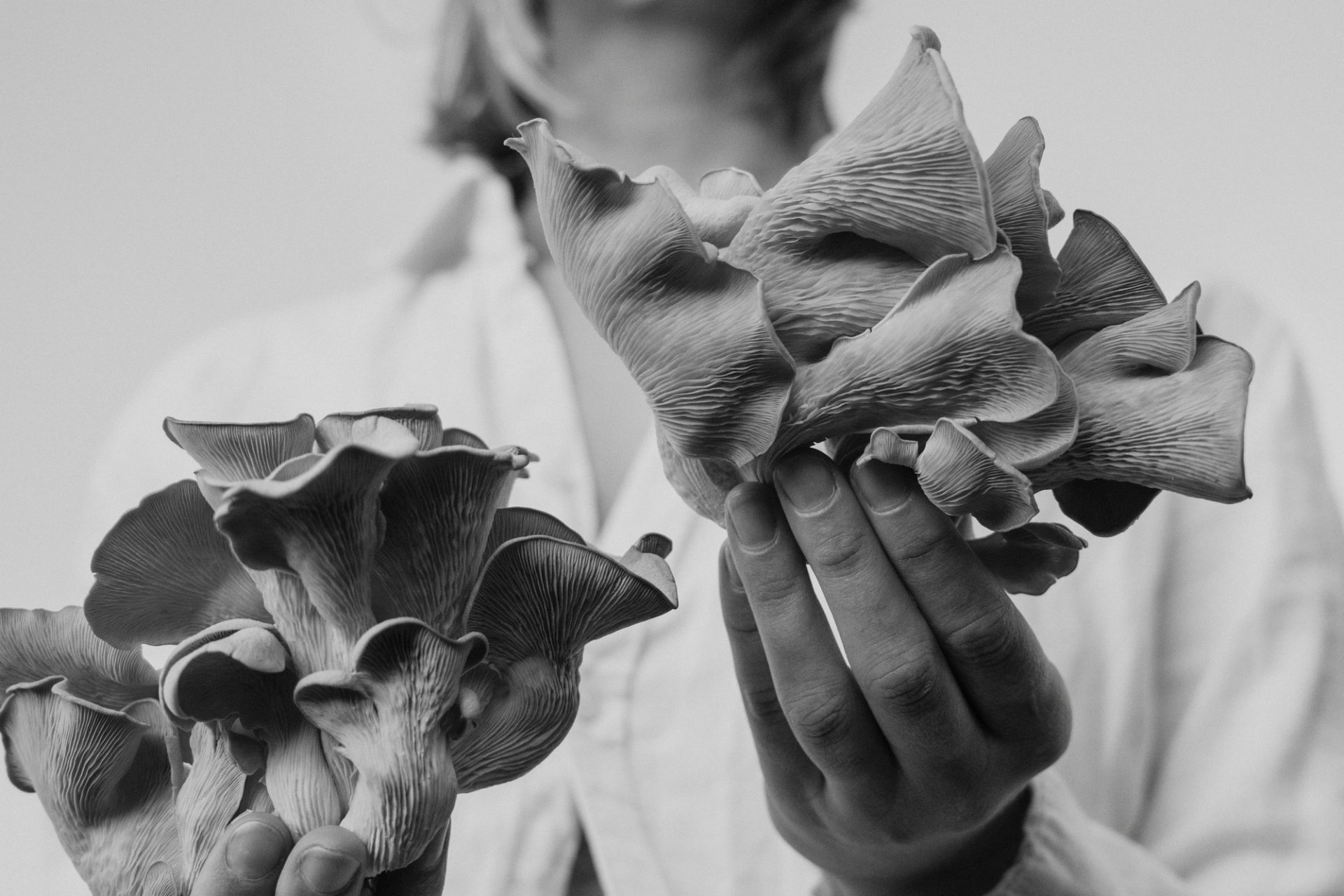
CARL NIELSEN DESIGN ACCELERATOR
Caity Duffus was the recipient of the 2024 Carl Nielsen Design Accelerator for her project Mycelia House — a functional container and cultivation system that showcases the beauty of mushrooms and supports an ideal environment for them to be grown within the home.
The 3D printed terracotta pot includes holes to mimic the natural growth patterns of mushrooms. Covered with a glass casing, the combination of terrarium with terracotta maintains the ideal humidity and air exchange for mushroom cultivation. It offers an accessible and engaging way for beginners to cultivate their own mushrooms at home, and reframes perceptions of fungi as an appealing, sustainable food source.
Duffus will receive a nine-month program of tailored support, including mentorship from industry leader and industrial designer Ed Ko and funding toward the production and distribution of her project.
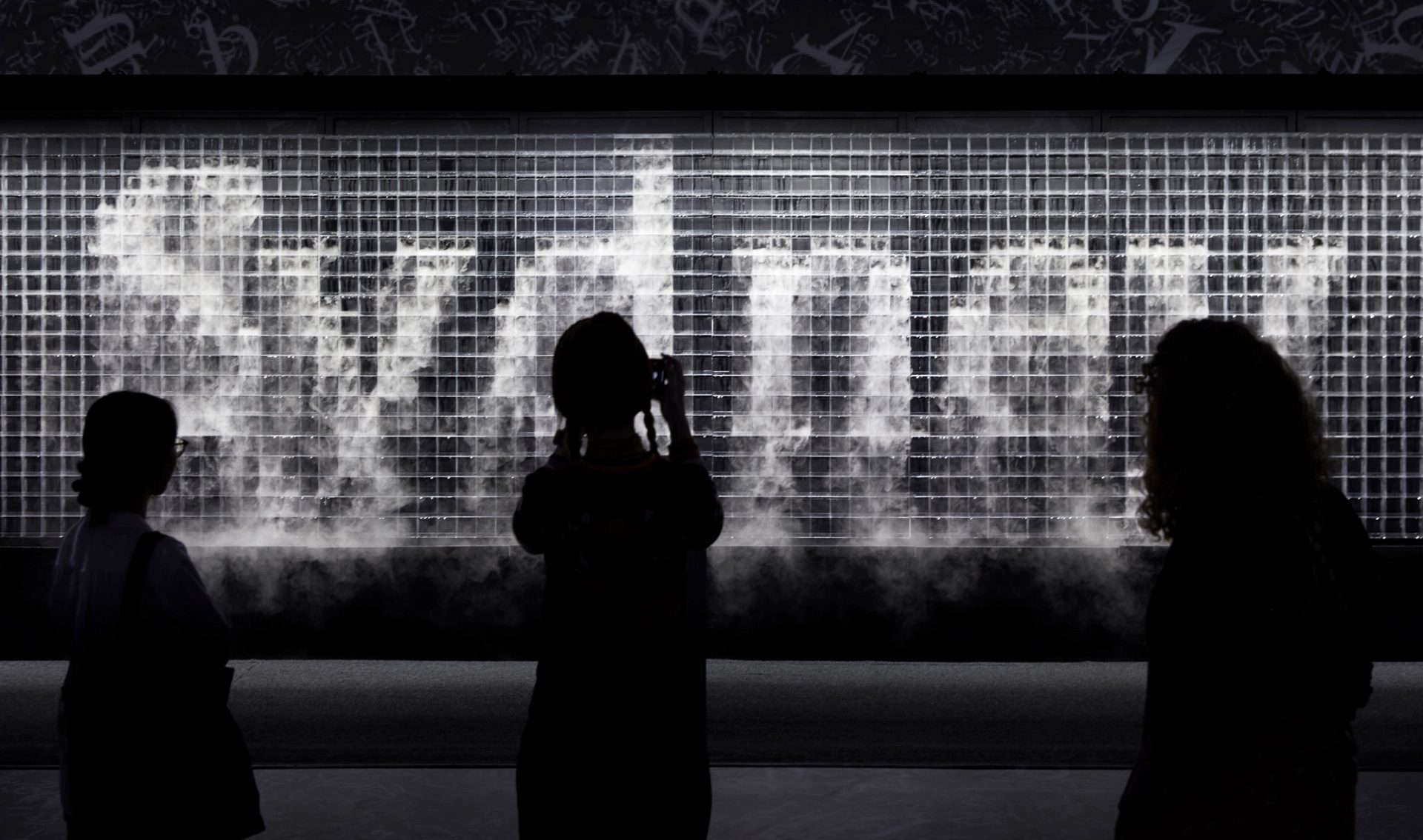
SYDNEY SUSTAINABLE DESTINATION PARTNERSHIP
Carmel Reyes, Head of Climate Action and Sustainability, Powerhouse, is a chair of Sydney Sustainable Destinations Partners (SSDP), an initiative that supports the event and hospitality sectors to do business more sustainably and recently assisted Sydney to take the top spot among Australian cities on the Global Designation Sustainability Index. Sydney achieved its highest ever score from the Index and was ranked 10th most sustainable city out of more than 100 cities.
More
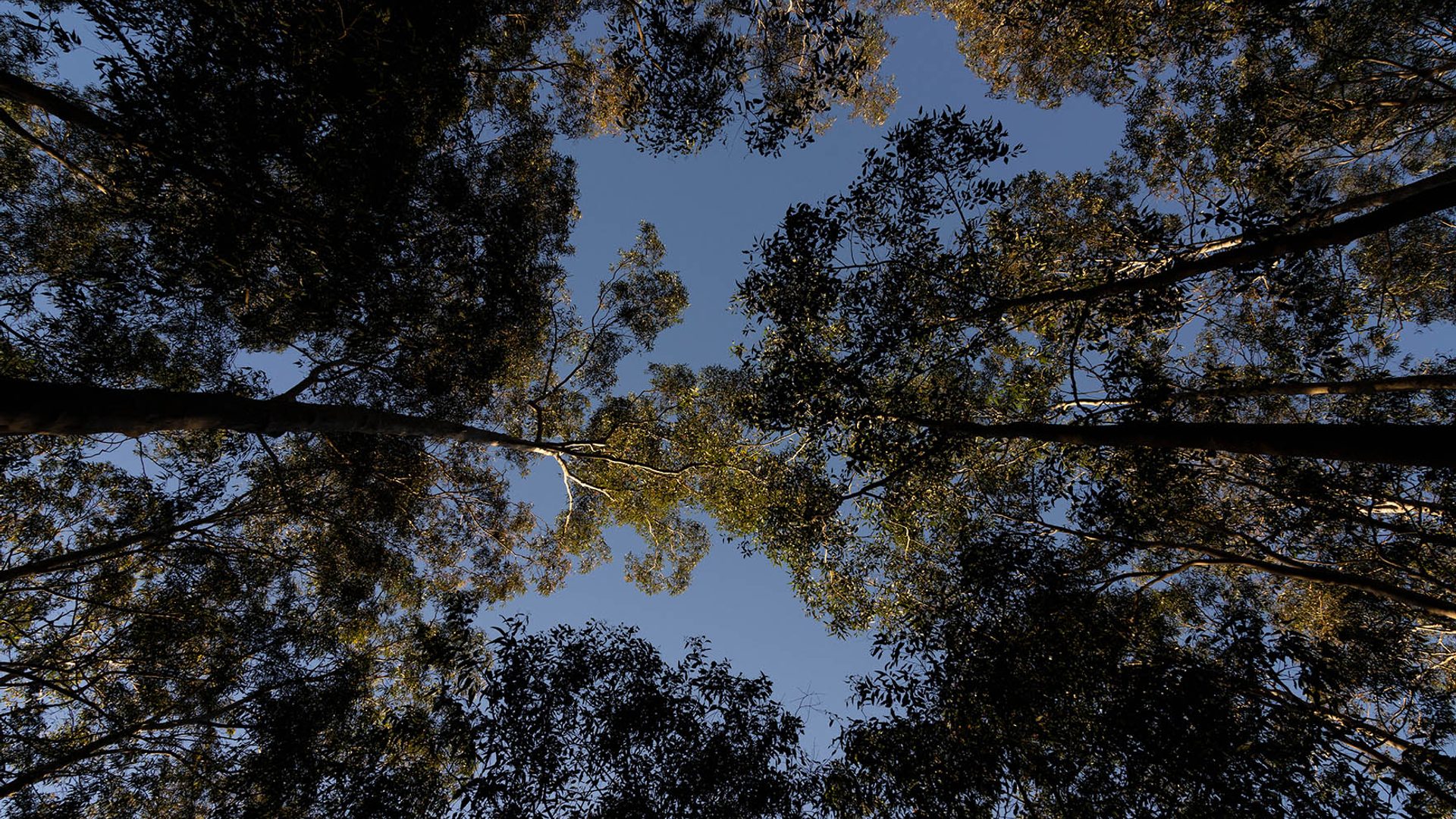
Powerhouse Climate Action Plan
As climate change continues to impact our communities, Caring for Country and First Nations’ cultural knowledge have become central to the delivery of practical solutions.
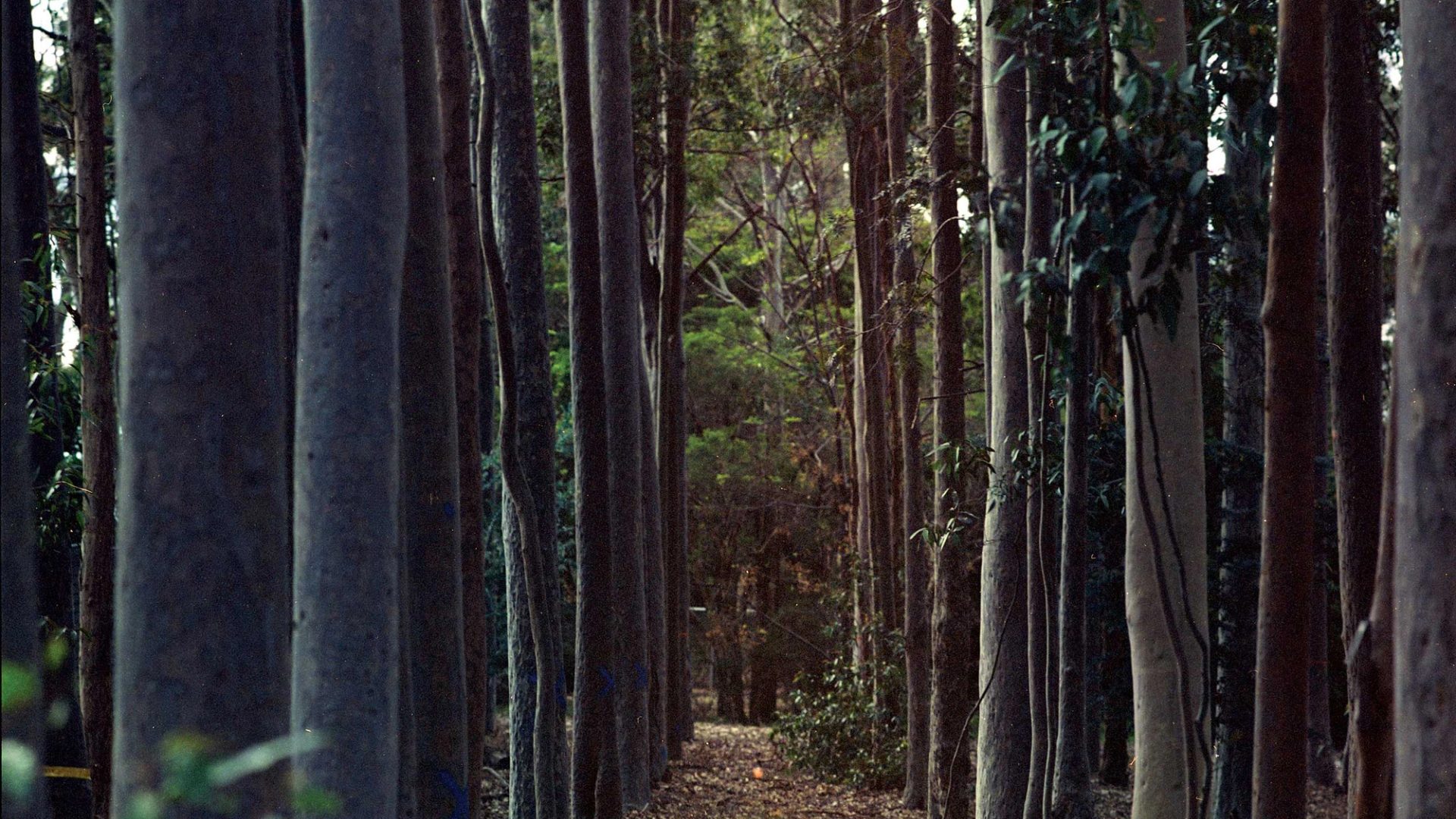
Year One
Sustainability and positive climate action are central to the renewal of Powerhouse. Our Climate Action Plan aims to achieve net zero emissions by 2025.